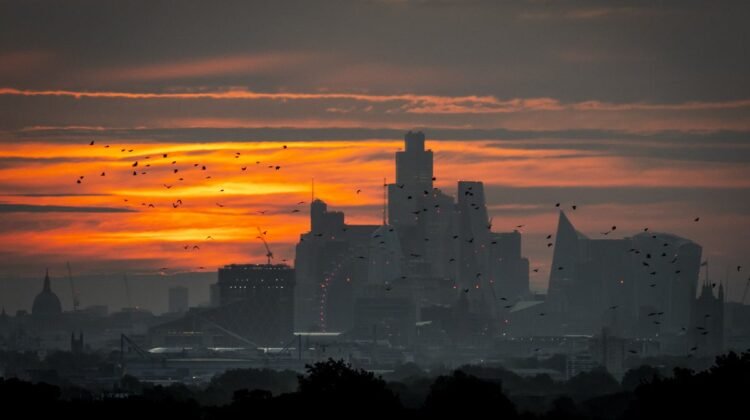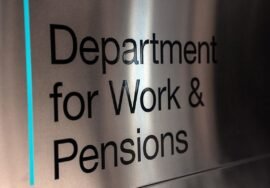
Climate change is significantly increasing subsidence risks in UK, says ABI
Subsidence-related insurance claims totalled £153 million in the first half of 2025, as households felt the impact of the warm and sunny weather, according to figures from the Association of British Insurers (ABI).
Over the first six months of the year, insurers supported nearly 9,000 households in recovering from subsidence damage, with the average payout per claim standing at £17,264.
Subsidence can happen when ground beneath a building sinks, pulling the property’s foundations down with it.
ABI”>
This may be because of soil losing moisture and contracting, often thanks to prolonged dry spells or trees and shrubs drawing water from the ground.
Amber heat health warnings have been issued across large swathes of England, as temperatures are expected to soar and parts of the UK predicted to be hotter than Bali.
This has followed a dry spring, with concerns also raised about wildfire risks and the impact on farmers.
Louise Clark, manager of general insurance policy at the ABI, said: “Climate change is significantly increasing the risk of subsidence in the UK, particularly in areas with clay-rich soils that sink and swell in response to changing moisture levels caused by hot temperatures.
“While not all cases can be prevented, homeowners can reduce the risk by managing nearby trees and shrubs that they own, and by ensuring that gutters, pipes and plumbing are well maintained to avoid leaks.
“If you suspect your property has suffered from subsidence damage, contact your insurer as soon as possible. It’s exactly what your home insurance is there to cover.”
Get a free fractional share worth up to £100.
Capital at risk.
Terms and conditions apply.
ADVERTISEMENT
Get a free fractional share worth up to £100.
Capital at risk.
Terms and conditions apply.
ADVERTISEMENT
Here are some signs of potential subsidence highlighted by the ABI for households to watch out for and suggestions for what to do:
1. Not every crack signals a serious issue. But cracks more than three millimetres wide – roughly the depth of a £1 coin – diagonal and wider at the top than the bottom, and visible both inside and outside the property may need further investigation.
2. Other indicators include doors and windows sticking without an obvious cause.
3. Wallpaper that starts to rip or crinkle in areas not affected by damp could be another possible sign of subsidence.
4. Subsidence cracks often appear very suddenly, rather than gradually.
5. If in doubt, consider seeking professional advice and speaking to your insurer.








